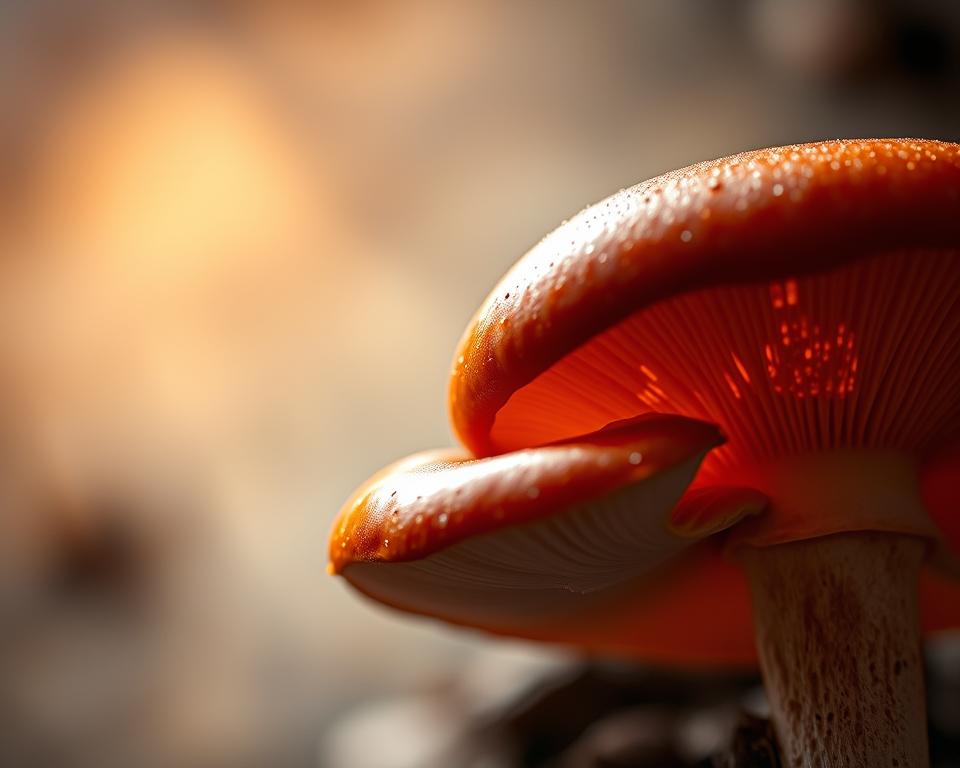Hire Reliable Event Security Guards Sacramento for Your Events
Did you know that 70% of attendees believe that effective security is essential for a successful event? Now more than ever, protecting guests at weddings, corporate functions, or concerts is vital. Engaging dependable event security guards in Sacramento both safeguards guests and improves the event experience. At Divine Protection Services, we specialize in providing professional event security tailored to your unique needs. Our trained and licensed professional commercial property security Sacramento are equipped to handle any threats and manage crowds efficiently, ensuring a worry-free event.
Recognizing the Value of Professional Event Security
Expert event security is essential to keep attendees safe and secure. Trained security personnel handle crowd control, emergencies, and threats. This ensures guests can enjoy the event without worry. Engaging licensed guards enhances guest satisfaction and comfort.
Experienced event protection goes beyond just having security on site. It requires careful strategy and readiness to minimize hazards. Officers assess threats and develop event-specific protocols. Such tactics ensure attendees feel protected and respected, fostering hospitality.
The advantages of professional event security go beyond safety. Marked security deters misconduct and encourages civility among attendees. When guests see their safety is a priority, they enjoy the event more. Spending on professional event security shields guests and strengthens the event’s success.
Why Choose Divine Protection Services for Event Security
Divine Protection Services is a top choice for event security. Famous for its dedication to clients and trained personnel. They conduct rigorous training so staff are ready for all event challenges.
Customers value the flexibility Divine Protection Services offers. They can tailor security plans to fit their unique event needs. This flexibility marks truly reliable event security.

Previous clients have shared their positive experiences with Divine Protection Services. Such feedback emphasizes the firm’s dependability and pursuit of top performance. This secures its status as a leading event security provider.
Occasions That Benefit from Event Security Guards
Event security is vital for ensuring safety and order at various gatherings. Unique event requirements call for Sacramento guards skilled in particular scenarios.
Concerts and festivals, with mass attendance, need comprehensive security blueprints. These events are prone to disturbances due to their size. Security teams direct entry, scan crowds, and intervene promptly when needed.
Business gatherings depend on security to manage access and preserve decorum. These events often feature high-profile guests and sensitive discussions. Trusted Sacramento event guards guarantee a seamless occasion for participants.
Private events and parties depend on security to allow safe enjoyment. Event safety officers give hosts peace of mind, allowing them to focus on creating unforgettable moments.
Large trade shows and expos, featuring sizable crowds and exhibits, demand strong security. Security personnel secure valuables and control visitor traffic. Entrusting these duties to experienced officers ensures event effectiveness.
Personalized Event Security Guards Sacramento for Your Needs
Making events safe in Sacramento requires specialized care and detailed planning. Divine Protection Services excels in delivering customized security services for various events. These solutions take into account the venue layout, crowd size, and possible risks.
Effective event security relies heavily on detailed event protection plans. They stem from in-depth risk assessments. Thus, teams can address specific issues with precision. By emphasizing attendee security and event continuity, Divine Protection Services leads the field.
Advantages of Licensed Security Services
Opting for licensed security services brings significant advantages to event planning. The primary benefit is the assurance of trained personnel ready to handle emergencies. These professionals are skilled in responding to crises, ensuring the safety of all attendees and improving the overall event experience.
Additionally, licensed teams strictly follow local regulations. Licensed personnel know statutory mandates, cutting legal risk for event planners. This knowledge helps avoid costly errors due to non-compliance.
Finally, licensed services include insurance protection, which unlicensed providers lack. Customers can trust the proficiency and qualifications of veteran guards. This raises the protection level at any event, providing peace of mind.
| Factor | Certified Services | Unlicensed Alternatives |
|---|---|---|
| Trained Personnel | Yes, certified professionals | No official instruction |
| Compliance with Laws | Fully compliant | Risk of non-compliance |
| Insured Services | Included | Not included |
| Crisis Handling | Effective and practiced | Frequently unready |
In conclusion, the advantages of choosing licensed security services are clear. They significantly enhance both security and legal compliance. Opting for licensed guards is crucial for secure, successful events and attendee confidence.
What Reliable Security Guards Provide
When contracting trustworthy guards, be aware of their key competencies. Professional officers display vital qualities that mark their expertise. Professional demeanor is mandatory for guards, aligning with the client’s and event’s standards.
Security personnel experience plays a critical role in their ability to assess situations and respond. Events can present unpredictable challenges, requiring guards to remain vigilant and adaptable. Dependable guards grasp situational awareness’s value and detect risks swiftly.
Communication skills are another critical aspect of a security guard’s responsibilities. They must interact with event staff, attendees, and emergency services effectively. A proactive approach allows these guards to diffuse tense situations before they escalate, ensuring a safe environment for all.
Training and certifications are essential components of a security guard’s profile. Our guards complete intense training to ready them for any scenario. This ensures they can act with expertise and composure. Organizers can rely on these guards for a safe, worry-free event.
Essential Functions of Event Safety Officers
Event safety officers are crucial for maintaining event security. Their event security roles encompass many tasks, each vital to event success. One main duty is crowd management, ensuring smooth attendee traffic. This is vital at major events where dense crowds increase risks.
Event safety officers also conduct detailed risk assessments to spot safety concerns early. They partner with hosts to develop thorough emergency procedures. This readies the team to handle various incidents effectively.
Another vital role is resolving conflicts quickly. Their visibility and rapid response foster a secure atmosphere. Their skill in conflict resolution helps prevent situations from getting out of hand.
To conclude, event safety officers underpin event protection. They work tirelessly to ensure a safe and enjoyable experience for attendees.
How to Choose the Right Event Security Company
Choosing the right event security company requires careful consideration. First, look into reputable security firms celebrated for reliability. Look into their past experiences with events similar to yours. This outlines their competence and conduct.
When choosing security services, it’s essential to evaluate the range of services offered. Some focus on crowd management; others offer end-to-end solutions like threat analysis and debriefs. Understanding your requirements focuses your search.
Checking customer feedback and testimonials helps vet providers. These often highlight a firm’s reliability and efficiency. Seek mentions of their reaction speed, personnel expertise, and event-handling quality.
Lastly, book discussions with multiple firms. Talking with their experts gives clarity on your event’s security requirements. This can help clarify what services are tailored to your event type.
In summary, the process of event security company selection should involve thorough research, evaluations, and consultations. This guarantees your choice protects your event.
What Drives Event Security Costs
Knowing pricing variables for event security is key to planning. Multiple factors substantially affect costs. They cover site locale, timing, guest volume, and requested services such as armed officers or monitoring.
Place selection greatly impacts price. Large metro areas typically drive costs up because of local demand and expense. Extended timelines mean higher labor and resource fees, increasing totals. Greater guest counts demand more guards to ensure control.
Requested services further affect the rate. Advanced tactics such as biometric entry and crowd management raise rates. Recognizing these elements allows for smart budgeting and suitable service choices.
| Factor | Cost Effect |
|---|---|
| Venue Area | Elevated costs in cities from local demand. |
| Event Duration | Longer events lead to increased labor costs. |
| Guest Volume | Higher headcounts need expanded staffing. |
| Specific Services | Enhanced features elevate the price. |
By examining these factors, clients can make informed decisions about their event security. This secures a protected and prosperous occasion.
In Summary
Engaging professional event security matters greatly. From corporate functions to concerts and private celebrations, expert guards are essential. They ensure your event’s safety and protection. Divine Protection Services provides tailored strategies so hosts can craft memorable moments.
Putting security first not only keeps attendees safe but also boosts their satisfaction. Secure events create a trusting atmosphere where guests feel secure. So, when planning your next event, investing in professional event security is key for peace of mind and success.
Begin your event protection by reaching out to Divine Protection Services. Their proficiency in guard deployment guarantees adept incident handling. They deliver dependable and expert protection. Secure your events today for a seamless and enjoyable experience for all.









